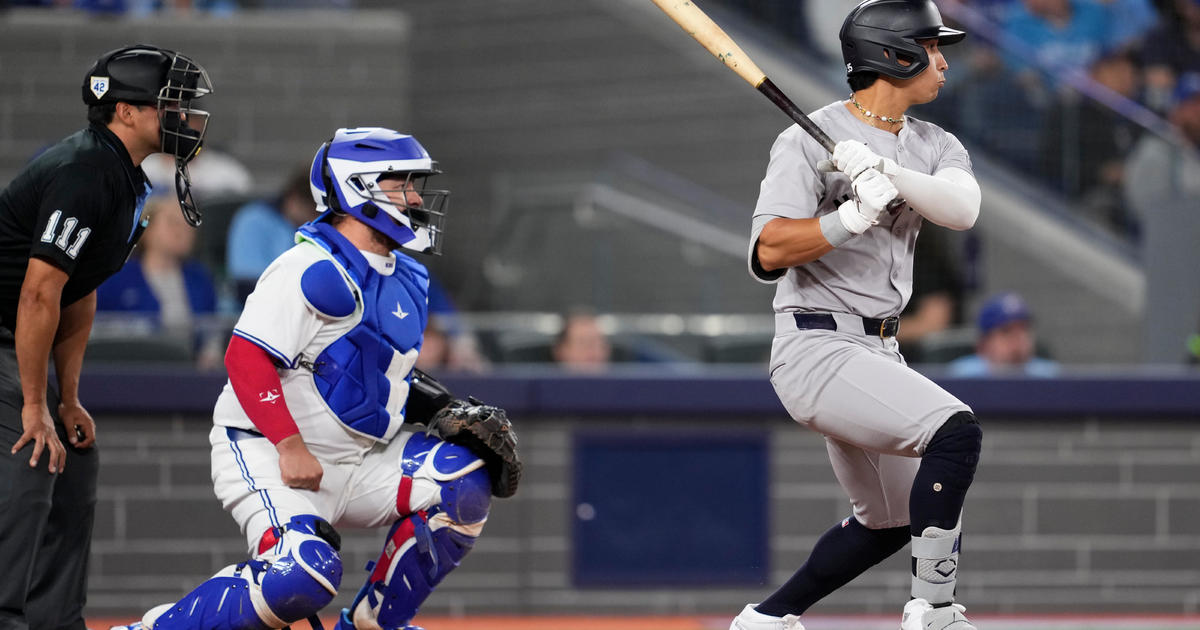Sims: Breaking Down Derek Jeter's Grade 1 Right Quad Strain
By Abby Sims
» More Columns
Derek Jeter finds himself on the 15-day disabled list once again, this time because of a Grade 1 right quad strain that he sustained on July 11th in his first appearance after rehabbing successive left ankle fractures. Though no one could have predicted what would fail Jeter upon his return, it seemed almost inevitable that it would happen. And when it did, word that he might return only days later -- whether before or possibly immediately after the All Star break -- repeated a pattern we've seen before: the expectation that an aging superstar would overachieve.
It isn't easy to bounce back from strains, even when only Grade 1. And when you are nearing 40 instead of 20, it is generally just a little bit more difficult. Add to that the extreme level of demand that a return to competition places on healing tissue and you have a formula that doesn't compute.
With top flight docs and trainers in the Yankees' system it would seem likely that Jeter passed rigorous tests of both his left ankle as well as his overall functional ability prior to rejoining the big club. However, his immediate injury certainly leads one to speculate that perhaps he had not been tested sufficiently. Before athletes return to play, they must be able to perform all the tasks required of their sport -- repeatedly, and for a sustained period. For a baseball player, that obviously means sprinting, sliding, batting and, especially for those playing the field, all sorts of directional agility drills. That includes movement drills that require bending to the floor, as well as throwing -- accurately and for the necessary distance.
I've not spoken with anyone managing Jeter's medical care, and have no personal knowledge of his specific rehab program or the return-to-field criteria to which he was held. However, the outcome gives one pause.
You might be thinking, "It is his right quad and not the left that is injured, so it probably was just a freak thing and not related to recovery from his left ankle injuries."
That isn't necessarily the case. If Jeter favored his left ankle at all:
- He was likely to place additional demands on his right side to compensate, particularly an issue with sprinting around the bases
- He risked injuring any part of his lower body -- left or right
Other issues that can adversely impact an athlete's return to play include any deficit leaving a player shy of full capacity in:
- Muscular strength, endurance and power
- Range of motion (in Jeter's case, at the left foot and ankle)
- Flexibility
- Agility, proprioception (position sense), and balance
- Cardiovascular endurance
Muscle fatigue is frequently a precursor to overuse. It is why, for instance, many skiers suffer injury late in the day or toward the end of a ski vacation, when muscles no longer have the capacity to exert the necessary force or sustain that effort.
Training in the late phases of rehab focuses on enabling athletes to meet high-level functional demands -- both those that are prolonged and those requiring bursts of activity. Rushing or compromising this stage and getting back out there too soon -- even when pain is no longer an issue and it appears healing has been satisfactory -- can prove problematic. Feeling OK and performing well are two different things.
You'll note that it wasn't until the eighth inning that Jeter, who was slotted at DH, left the game with his quad strain. According to WFAN's Sweeny Murti, he first noted the tightness/discomfort in his third at-bat when "busting it" (unsuccessfully) to beat out the second baseman's throw to first on a grounder up the middle. Jeter grounded out again in his final AB and didn't run very hard down the line, making it clear that something was amiss. He was removed for a pinch-hitter late in the game.
When a player is cleared to play only as a DH, it is a sign that there is some reservation about his overall level of function. It is clearly a way to reintroduce yet limit demand. However, "busting it" on the basepaths -- though it doesn't challenge lateral mobility and all the other skills playing shortstop would -- is demanding. Only a home run bestows absolution.
Jeter played seven innings without incident the night prior at Triple-A, though I have no idea whether he pushed as hard on the basepaths. Perhaps he didn't.
You May Also Be Interested In These Stories



